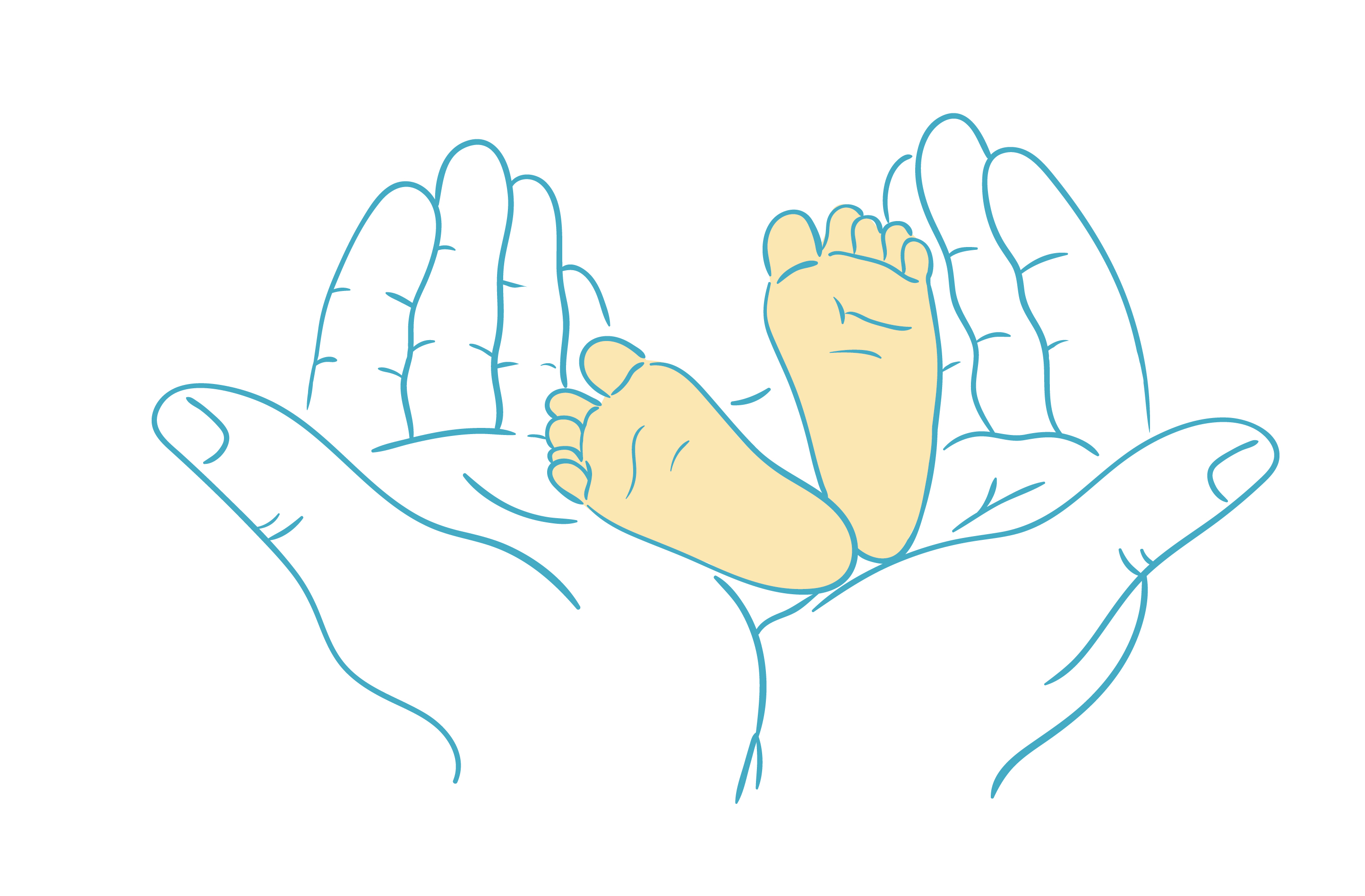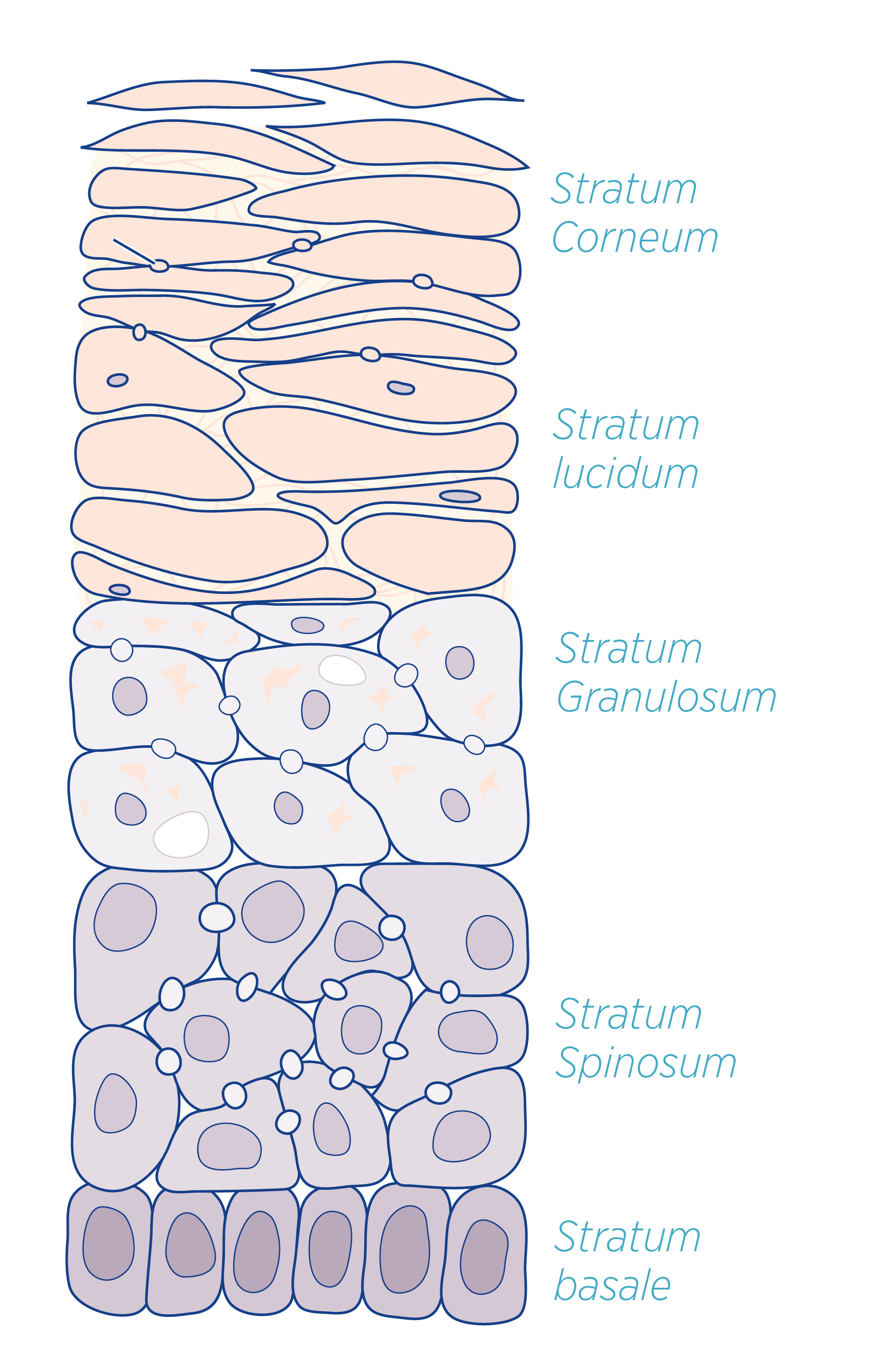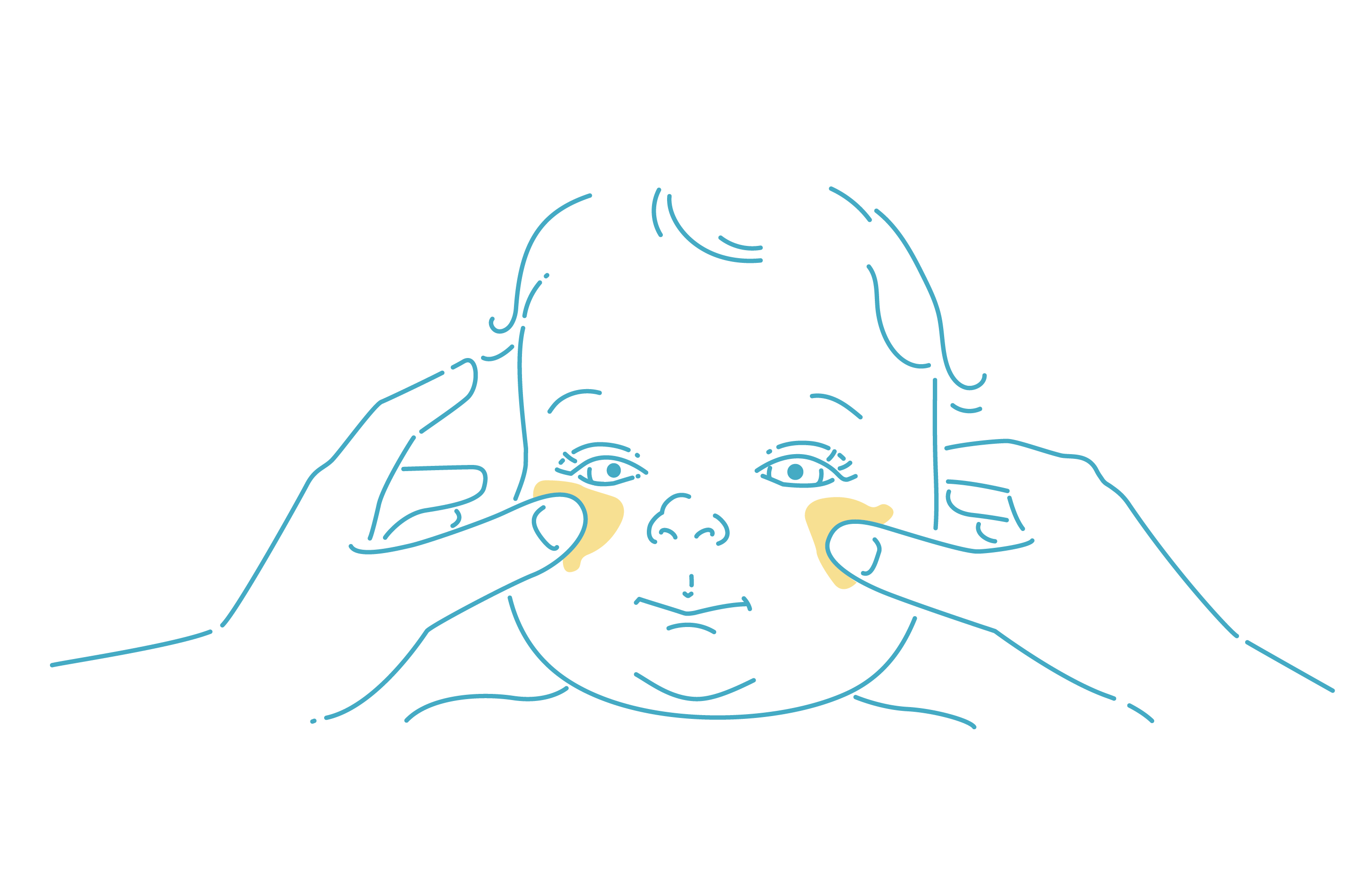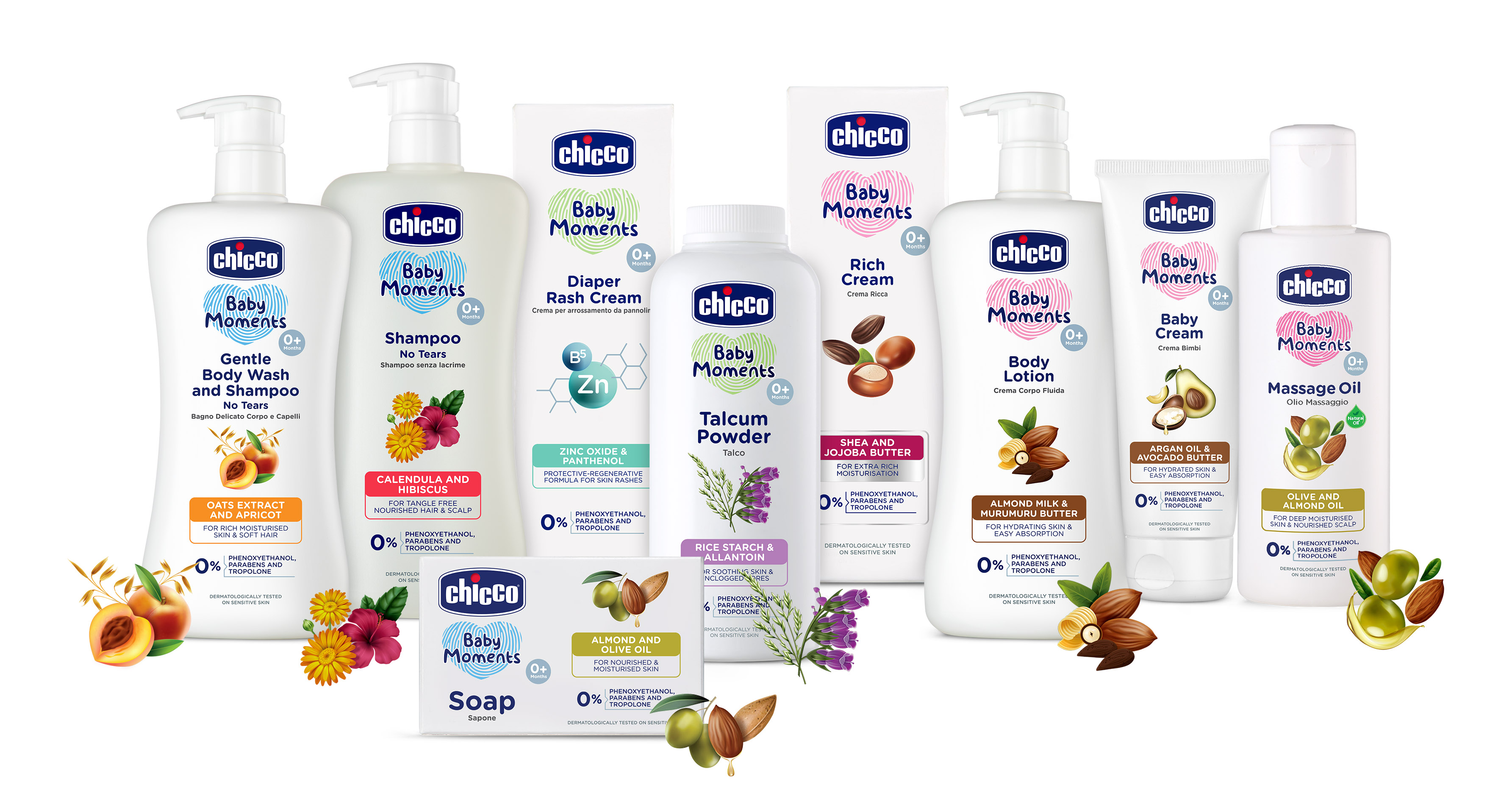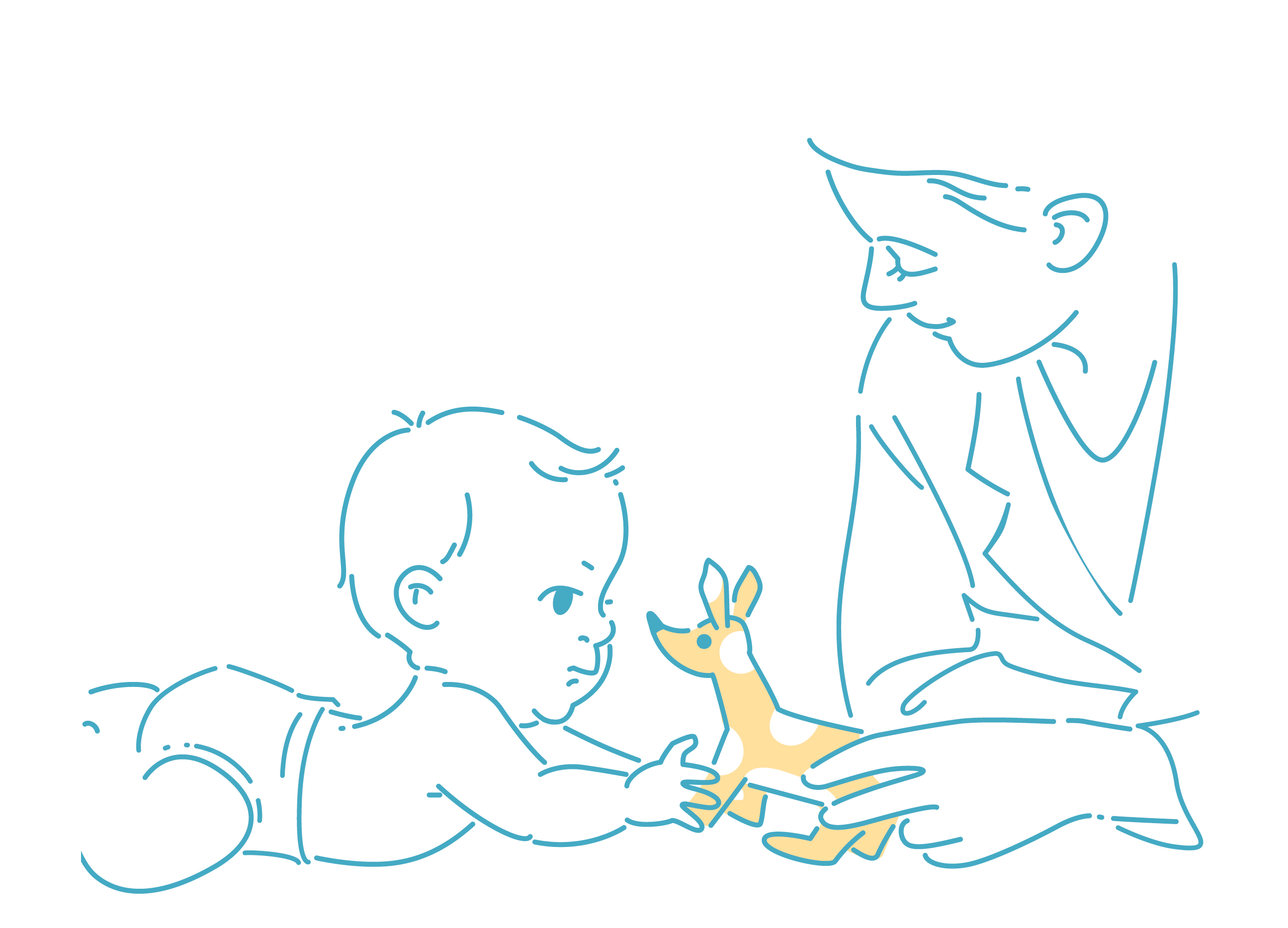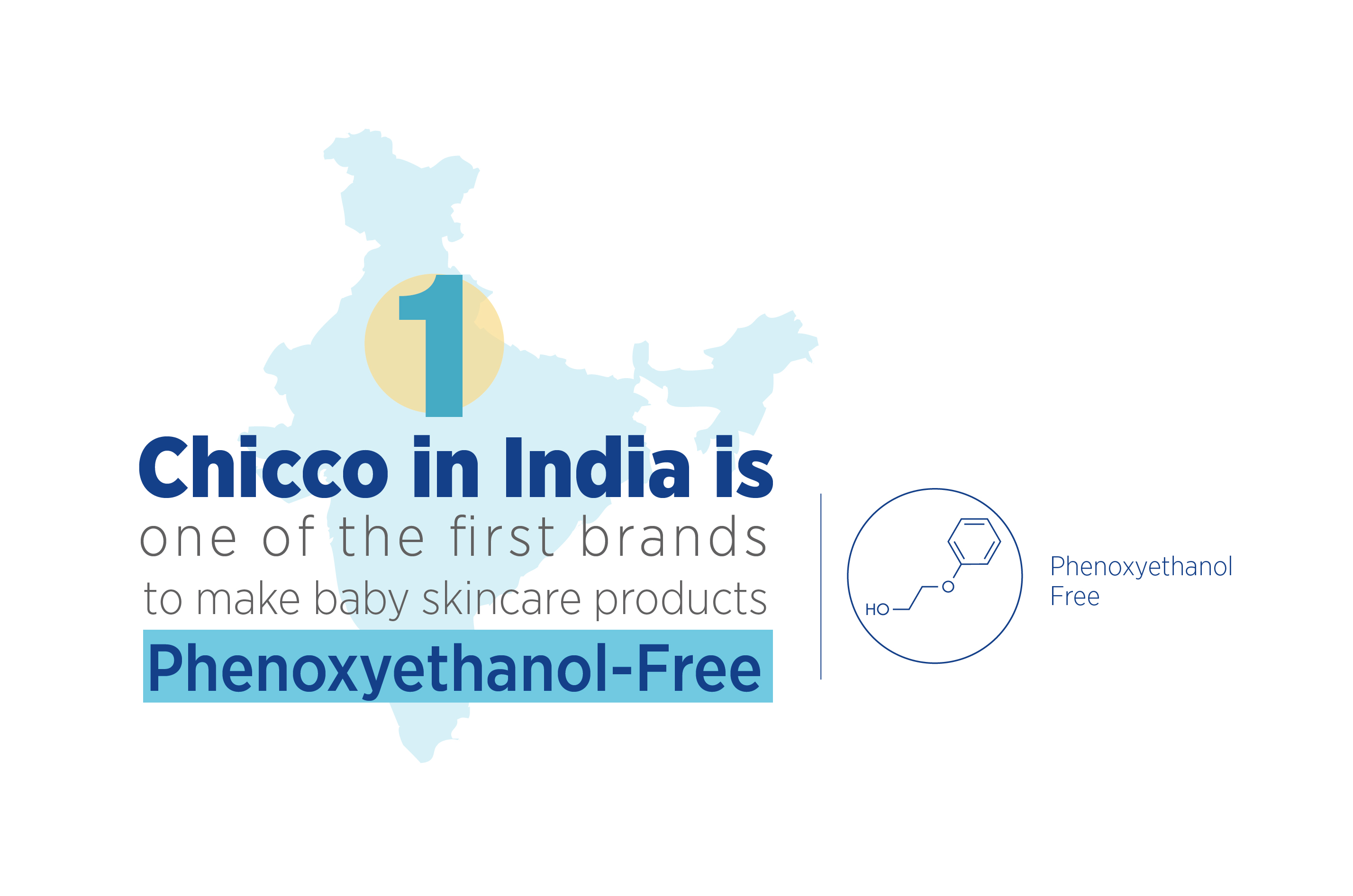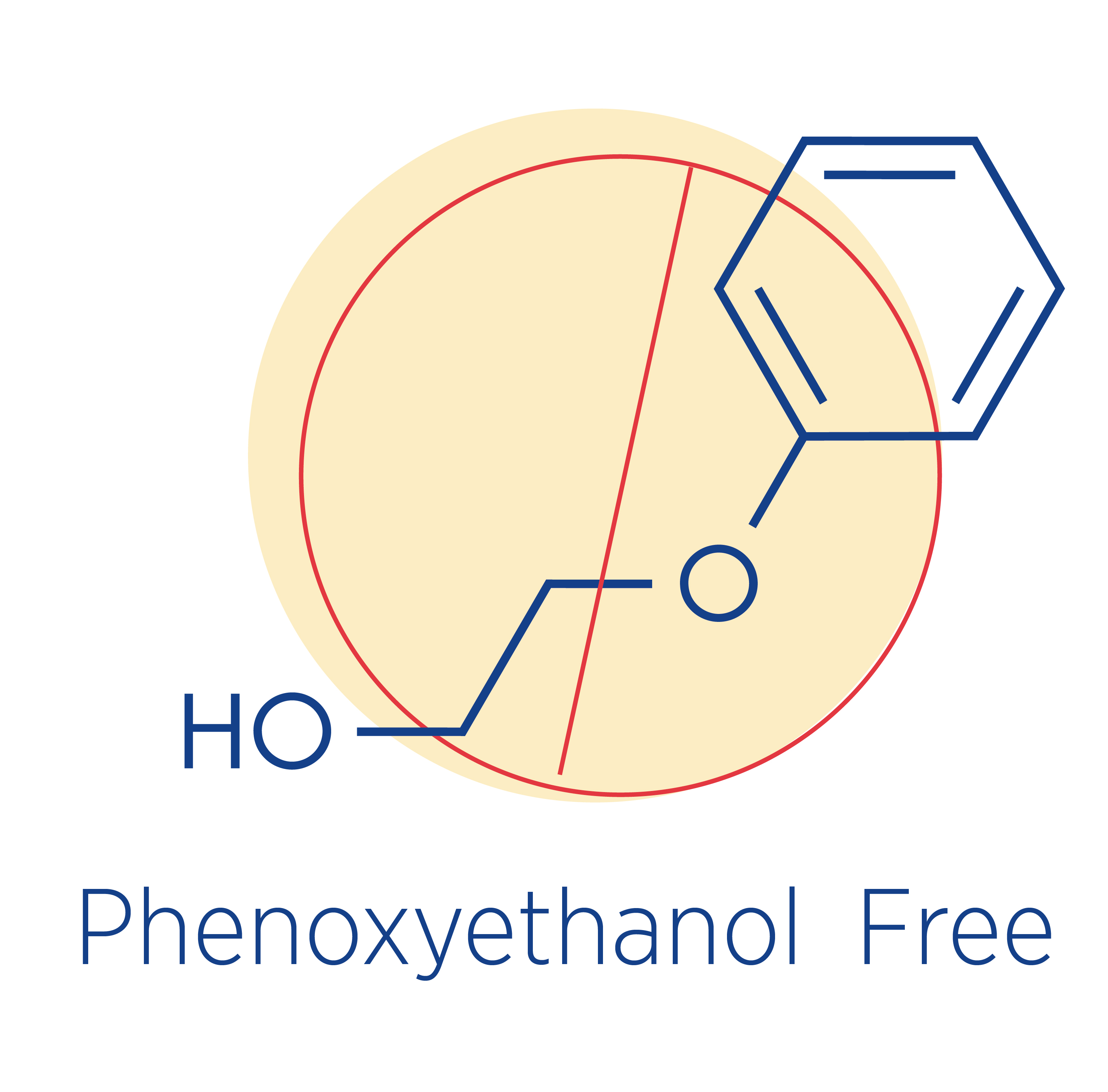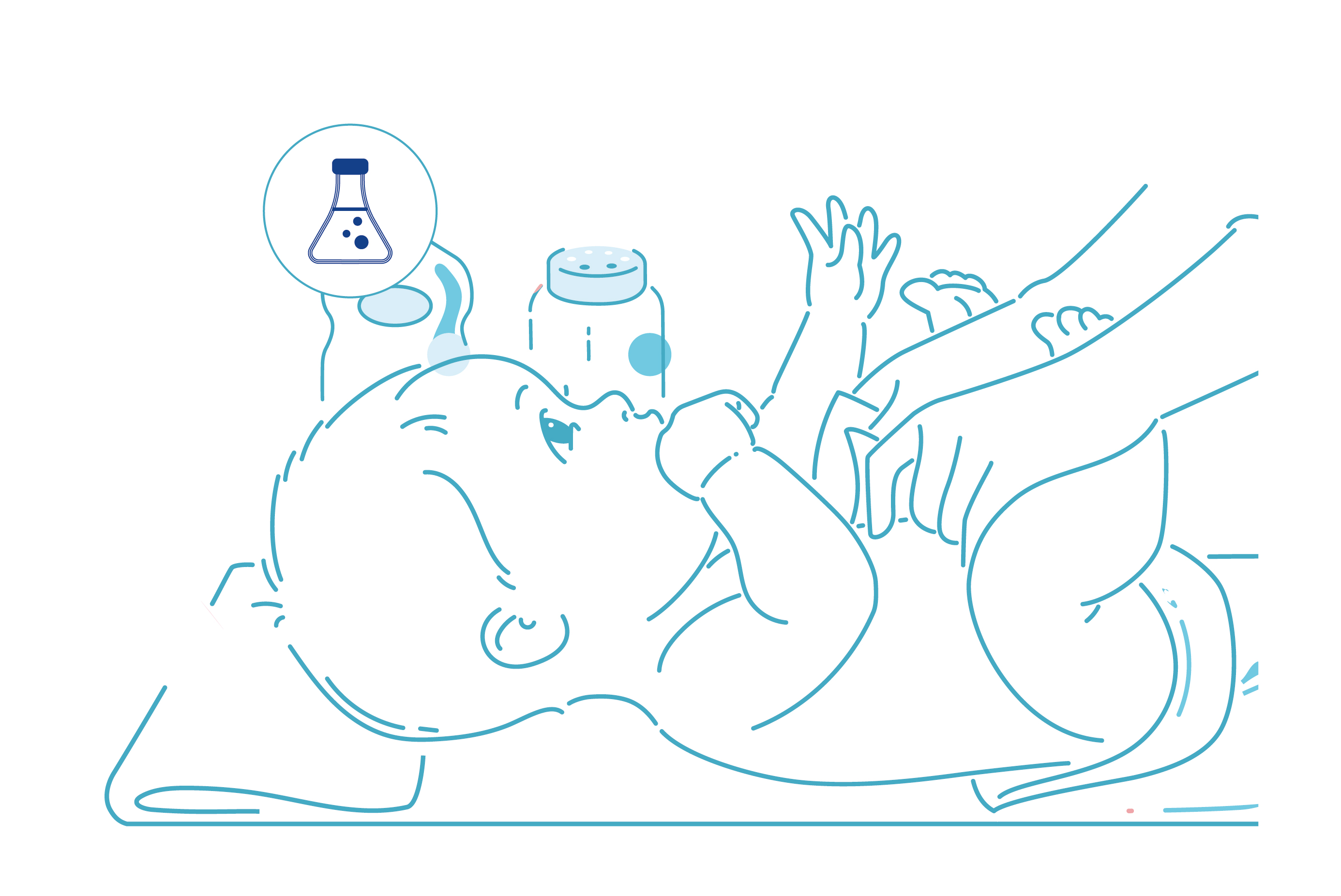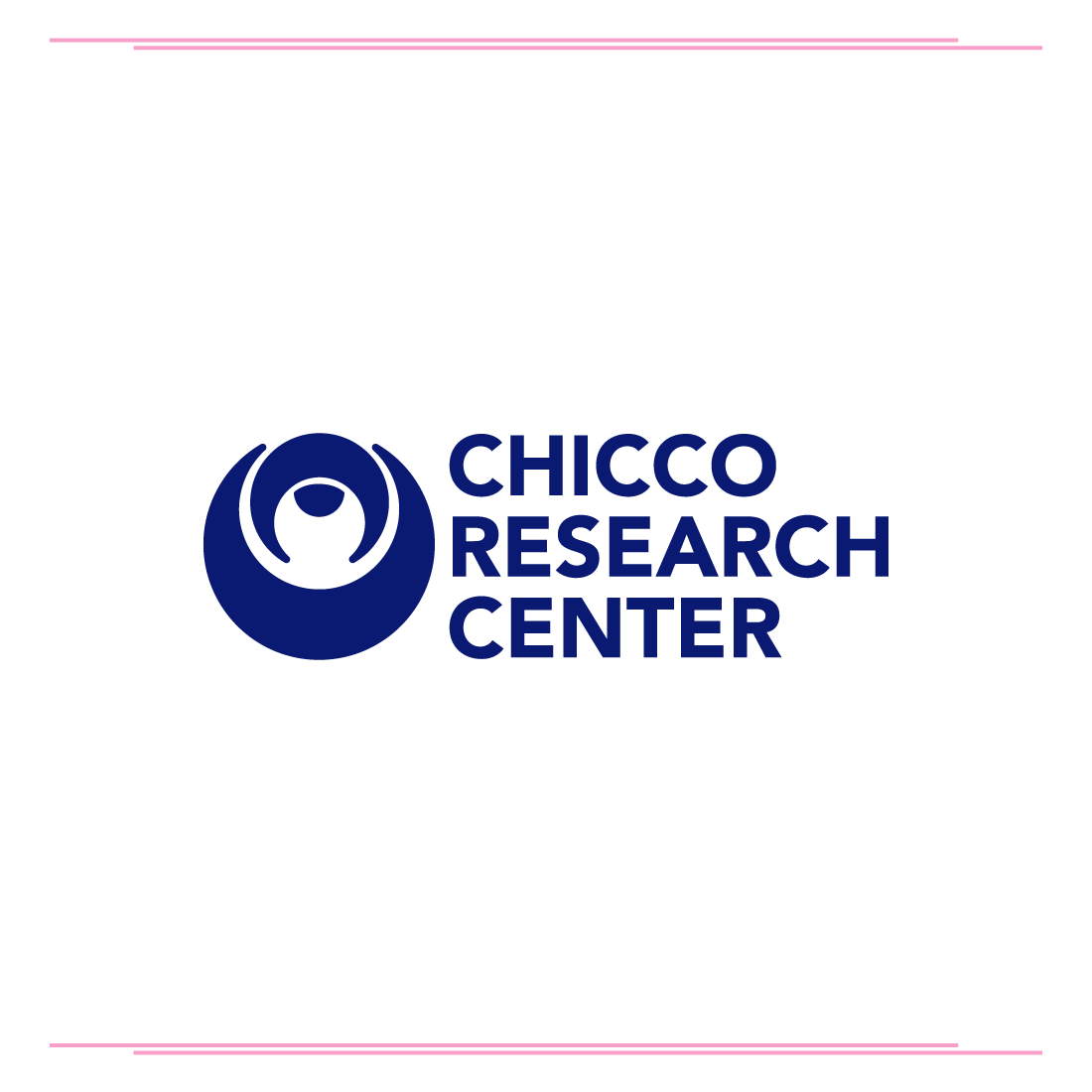Baby care for new-age parents
|
|
Today's new-age parents want the best skincare products for their babies. The New Baby Moments range is even more safe and advanced, backed by 60+ years of Chicco's global experience, because we also believe that babies deserve the best! |
|
How is Newborn and Infant Skin different? |
|
|
|
The newborn's skin is delicate and sensitive, more prone to redness, irritations, infections, and allergies. Its barrier function is significantly compromised and immaturity is more pronounced if the baby is preterm or extremely preterm [1] .
Full-term infants at birth have skin that is anatomically mature when examined histologically with all five layers present, though functional maturity takes place in the postnatal period only.
Term newborn skin layers include from deep to superficial: stratum basale, stratum spinosum, stratum granulosum, stratum lucidum, and stratum corneum [4] . As epidermal cells mature, their morphology changes from the columnar stratum basale to the tightly overlapping squamous keratinocytes of the stratum corneum. The time to fully mature, keratinize and form this protective horny layer varies depending on body location. This occurs more rapidly in facial skin than in the trunk and limbs [5] .
|
|
Neonatal skin has a relatively coarse texture compared to older infants and proceeds to develop a more homogeneous smooth structure during the first 30 days of life [6] . As a matter of fact, the secretion of sebum decreases rapidly starting from birth, leaving the baby's skin particularly vulnerable; It is not rare, therefore, to see dry skin in the weeks following birth. Infants have smaller corneocytes and a significantly thinner stratum corneum until two years of age [4] Also, the neonate skin is unable to sweat properly. Sweating develops in the postnatal period [2] . Sweating is an important mechanism to develop the body's defense mechanism against bacteria as it helps in pH regulation of the skin. Baby skin, being permeable, is prone to absorbing chemicals or toxins used in baby care products. Moreover, in relation to the baby's weight, the skin surface is greater than that of adults. This results in higher concentrations of substances being absorbed by the skin, or increased transcutaneous absorption, increasing the risk of problems resulting from the use of inappropriate cosmetic products. The good thing about baby skin is that it is believed to have advantageous properties for wound repair, with the ability of fetal skin to undergo scarless wound repair and the inherent youthful appearance of pediatric skin [5 ] . Babies gain weight rapidly and the baby's skin expands exponentially to accommodate this growth at the same time, without stretch marks.
|
|
|
Importance of good skincare for baby |
|
|
|
It's not hard to believe that a baby's skin requires high-quality products without harmful chemicals to nourish and protect the baby's skin. At the same time, the products should be able to support the baby's skin in fighting bacteria, rashes, or excessive transepidermal water loss (TEWL) and maintaining the pH of the baby's skin [7 ] . Contrary to popular belief, babies' skin is drier than older kids or adults, hence a very careful selection of gentle and safe products is needed for baby's skin.
|
|
From these matters arises the need to use only products that have been clinically/laboratory-tested to satisfy strict requirements.
|
|
|
What are the benefits of Chicco New Baby Moments Range of Products? |
|
|
|
|
|
Chicco New Baby Moments range of products is now Better and Advanced with below highlights:
|
|
|
|
An Ingredient of growing concern globally - Phenoxyethanol |
|||
|
Phenoxyethanol is an organic compound, classified as a glycol ether and a phenol ether. Phenoxyethanol has germicidal and germistatic properties. It is a very common preservative used in many cosmetics and pharmaceutical industries together with quaternary ammonium compounds. |
|||
|
|
According to the European Scientific Committee on Consumer Safety (under European Medicine Agency), Phenoxyethanol is safe for all consumers - including children of all ages - when used as a preservative in cosmetic products at a maximum concentration of 1% [9 ] . However, it should be avoided in baby care products considering the skin permeability and sensitive nature.
|
||
|
Similar concerns have been raised by the health authorities across the globe such as FDA (USA), The Pharmaceuticals and Medical Devices Agency (PMDA, Japan) [11] , and many others to limit the concentration of Phenoxyethanol up to 1 percent. However, considering the lack of paediatric skin-centric data and the fact that paediatric skin is thin, sensitive, and more permeable, it's a growing agreement among the scientific community to avoid this ingredient in baby care products.
|
|
||
|
|
Please note, if on a product label, where there is no disclosure of being Paraben-free or Phenoxyethanol-free, the chances of their inclusion in products are very high .
|
||
|
Chicco in India is one of the first brands to make baby skincare products phenoxyethanol-free, making it one of the safest products available for babies in this segment |
|||
More and New Natural Ingredients |
||
|
The new Baby Moments range is made with natural ingredients like Jojoba butter, Geranium, Willowherb, Avocado butter, Olive oil, Oats, Apricot and many more ingredients like this that are proven for nourishing baby's skin. Every ingredient passes it's own natural benefit and thus, giving the utmost natural care to baby's skin from day one. |
||
No Tropolone, No added EDTA & PhthalatesTropolone, EDTA, and Phthalates can cause various adverse effects on a baby's skin, from dryness to contact dermatitis. Therefore, the new baby moments range is free from these chemicals too which can be harmful to newborn skin. 100% ingredients of vegetarian originThe New Baby Moments range uses all the ingredients of 100% vegetarian origin. Every product comes with the Veg logo to deliver the trust and promised care for newborn skin. SLS and SLES FreeSLS and SLES are chemicals and have detergent and surfactant properties. Hence they can harm the baby's skin, which is more sensitive and delicate. The New Baby Moments range is soap-free and safe to use on even the most sensitive skins. Alcohol and dye freeAlcohol evaporates from the skin surface, leaving the skin drier and vulnerable to cracks. On the other hand, dyes are also known to be irritating to the skin, especially baby's skin. The New Baby Moments range being alcohol and dye free ensures that even minor concerns for the baby are well taken care of. Dermatologica lly Tested on sensitive skinChicco has been one of the leading brands of baby care for decades. Our products are sold globally across the continents. All Chicco products are tested for safety and are certified dermatologically tested on sensitive skin. Our products go through extensive quality and clinical testing. We promise you world-class unmatchable product quality and standard. |
||
Manufactured in GMP certified facilitiesNon-GMP certified manufacturing facilities pose a risk of adulteration. Good Manufacturing Practices (GMP) ensure similar product quality across the batches of product, guarantee no unwanted adulterants, and still the quality of the highest standard. Chicco products are always manufactured at GMP certified facilities with stringent quality standards.
|
|
|
Backed by European standards of researchChicco research center is an internationally dedicated facility of expert scientific research associations, medical fraternity and parents with their constant ongoing research, discovers and understands the babies' psycho-physical, emotional, and social needs to help develop scientifically valid solutions for the ideal well- being of newborns. |
||
Why are Parabens bad for skin?Parabens are types of preservatives used in cosmetic and pharmaceutical products. They are found in shampoos, commercial moisturizers, shaving gels, personal lubricants, topical/parental pharmaceuticals, suntan products, makeup, etc. [12] The cosmetic industry uses at least 20 types of parabens for preservatives and a few as fragrances [13] . Acceptable concentration is up to 0.8% for adult cosmetics. However, benzyl paraben safety is still in debate for any concentration.
|
|
|
|
Infant and pediatric skin being more permeable and vulnerable to sensitivity and damage by chemicals, use of paraben should be completely avoided. Especially below the age of 6 months, and concerning parabens present in leave-on cosmetic products designed for application on the nappy area, risk cannot be excluded in the light of both the immature metabolism and the possibly damaged skin in this area. Based on a worst-case assumption of exposure, safety concerns might be raised [14] Concerns are not only allergic reactions but also carcinogenesis and endocrine outcomes in children, especially with methyl, ethyl, and benzyl parabens [15] . |
||
|
The New Baby Moments range is paraben-free as always and completely safe for infant and pediatric use. It is our legacy to be among the first to follow the practices to make baby products safer. We proudly claim the same for parabens. Our products were paraben-free to set this as an industry norm. |
||
What are important baby skincare tips? |
|
Here are some important tips to take care of your baby's skincare:
|
References: |
|

